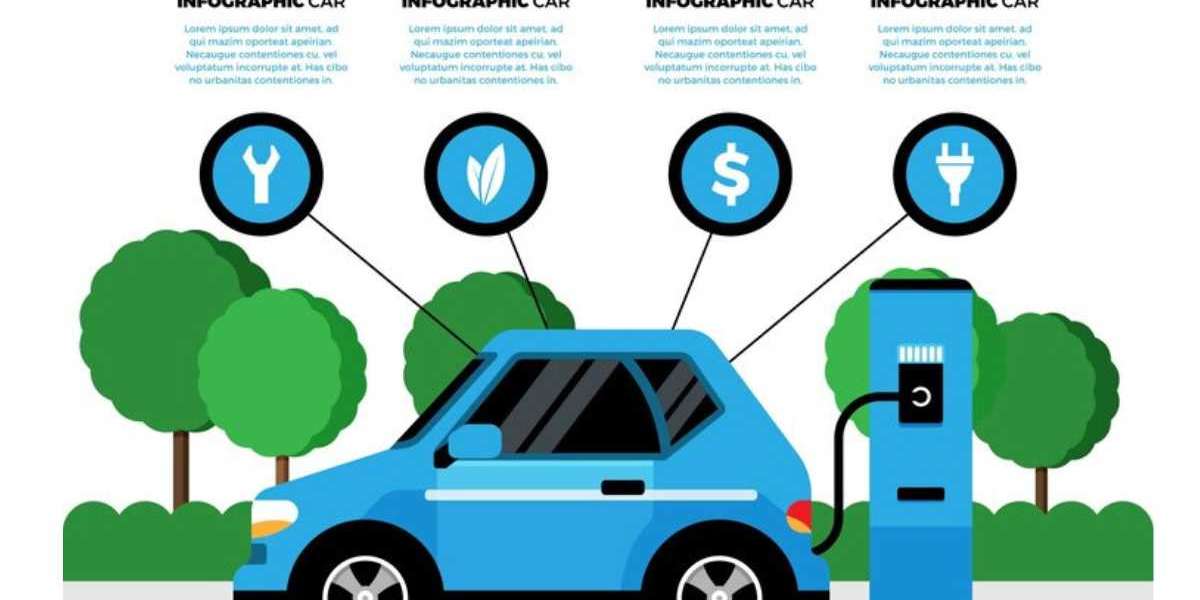The global 5G infrastructure market was valued at approximately USD 16.69 billion in 2023, and it is projected to experience robust growth at a compound annual growth rate (CAGR) of 22.9% from 2024 through 2030. Several critical drivers are fueling this expansion, including the rapidly increasing volume of mobile data traffic and the widespread development of smart cities powered by Internet of Things (IoT) applications. Additionally, growing investments by governments and telecommunications companies in the deployment of 5G networks are expected to open up substantial growth opportunities for the industry.
One of the major contributing factors to this growth is the rising demand for connected devices, which are essential for smart infrastructure such as intelligent buildings and remote healthcare services. Over recent years, global data traffic—particularly mobile data traffic—has grown exponentially, reflecting the surging use of mobile broadband and connected technologies.
According to the Mobile Data Traffic Outlook report by Telefonaktiebolaget LM Ericsson, global mobile data traffic (excluding traffic from fixed wireless access) reached a total of 130 exabytes (EB) per month by the end of 2023. This figure is projected to triple, reaching 403 EB per month by 2029. This dramatic surge in mobile data traffic, along with an increasing shift in consumer and enterprise preferences toward 5G connectivity, is creating substantial opportunities for market expansion.
The growing establishment of smart cities in countries such as the United States, Japan, China, Germany, Italy, the United Kingdom, and India is accelerating the adoption of IoT solutions for a wide range of urban applications. These include smart transportation systems, energy management frameworks, and public safety and security initiatives. To support continuous and reliable connectivity for these mission-critical services, various telecom providers are actively investing in 5G infrastructure development. Often, these efforts are undertaken in partnership with local and federal governments to ensure widespread coverage and effective implementation.
The combination of public and private investment in 5G network infrastructure is proving to be a key catalyst for market growth. Furthermore, the growing demand for connected devices and the increasing adoption of 5G-enabled IoT technologies in Industry 4.0 scenarios—such as smart manufacturing—are driving the momentum even further. 5G networks are specifically engineered to offer ultra-reliable, high-speed, low-latency connections capable of supporting massive numbers of connected devices, ranging from machines and sensors to everyday consumer electronics.
These advanced 5G-enabled devices are being widely implemented in areas such as fleet management, intelligent building systems, logistics and supply chain operations, capability-based networks, precision agriculture, asset tracking, remote healthcare delivery, traffic management, and smart grid automation. As the demand for these applications grows, the adoption of 5G infrastructure continues to accelerate, reinforcing overall market growth.
Get a preview of the latest developments in the 5G Infrastructure Market? Download your FREE sample PDF copy today and explore key data and trends
Detailed Segmentation:
Component Insights
The hardware segment dominated the market in 2023 and accounted for a revenue share of 77.18%. The hardware segment is further classified into RAN, core network, backhaul transport, fronthaul, and midhaul. RAN is an essential component of 5G infrastructure as it connects devices, such as smartphones, via a radio link.
Type Insights
The private type segment dominated the market in 2023.The rising demand for ultra-reliable low-latency connections for Industrial Internet of Things (IIoT) applications, such as industrial cameras, collaborative robots, and industrial sensors, is the main factor driving the segment growth.
Spectrum Insights
The sub-6 GHz segment dominated the market in 2023. Sub-6 GHz networks operate within a frequency range of up to 6 GHz, with the widely used 3.5 GHz frequency being a common choice worldwide. Sub-6 GHz provides a lower frequency range of approximately 1 GHz to 6 GHz, offering broader coverage despite limitations in speed.
Network Architecture Insights
The non-standalone segment dominated the market in 2023. Non-standalone network architecture is a cost-effective solution that utilizes existing 4G infrastructure to enhance Enhanced Mobile Broadband (eMBB) services without requiring a complete infrastructure rebuild.
Vertical Insights
The enterprise/corporate segment dominated the market in 2023. The enterprise/corporate segment is experiencing significant growth due to the increasing need for higher data bandwidth in various corporate businesses.
Regional Insights
The 5G infrastructure market in North Americais expected to witness significant growth from 2024 to 2030 due to the rising number of 5G connections fueling the demand for 5G deployment across the region.
Key 5G Infrastructure Company Insights
Some of the key players operating in the market include Telefonaktiebolaget LM Ericsson, Cisco Systems, Inc., Nokia Corporation, Huawei Technologies Co., Ltd., and Samsung Electronics Co., Ltd.
- Telefonaktiebolaget LM Ericsson provides Information and Communication Technology (ICT) services across the globe. The company’s range of offerings spans various areas, including cloud software and services, networks, enterprise wireless solutions, global communications platforms, technologies, and new businesses, as well as IPR licensing
- Huawei Technologies Co., Ltd. provides smart devices and information communication technology components to communications service providers, government agencies, and business enterprises. The company carries out its business through five operating segments namely, Cloud Computing Business, Consumer Business, ICT Infrastructure Business, Intelligent Automotive Solution Business, and Digital Power Business
Key 5G Infrastructure Companies:
The following are the leading companies in the 5g infrastructure market. These companies collectively hold the largest market share and dictate industry trends.
- Huawei Technologies Co., Ltd.
- Samsung Electronics Co., Ltd.
- Nokia Corporation
- Telefonaktiebolaget LM Ericsson
- ZTE Corporation
- NEC Corporation
- Cisco Systems, Inc.
- Fujitsu Limited
Recent Developments
- In October 2023, Nokia and Vodafone joined forces to pioneer a commercial 5G Open RAN trial in northern Italy. This pilot will leverage Nokia's containerized baseband software running on Red Hat OpenShift, a leading hybrid cloud platform powered by Kubernetes. The software will be hosted on Dell PowerEdge XR8000 servers, specifically designed for mobile edge computing and optimized for Open RAN workloads. For Layer 1 processing, these servers will be equipped with a Smart Network Interface Card (NIC), co-developed by Marvell and Nokia. This collaboration signifies a major step towards a more open and flexible telecom network infrastructure
- In June 2023, Orange SA and Telefonaktiebolaget LM Ericsson signed a collaboration agreement and secured contracts for the installation and maintenance of 5G network infrastructure on high-speed rail lines across Spain. With this achievement, Orange SA solidifies its position as a leading contributor to the development and implementation of 5G networks
Order a free sample PDF of the Market Intelligence Study, published by Grand View Research.







